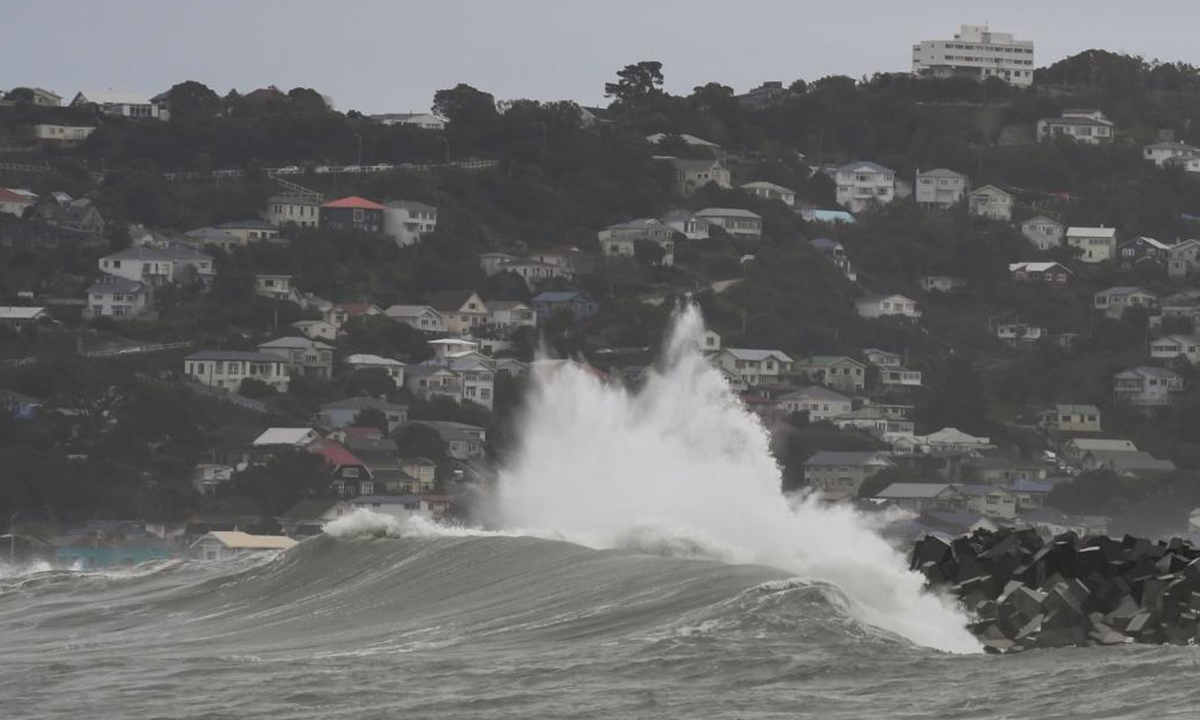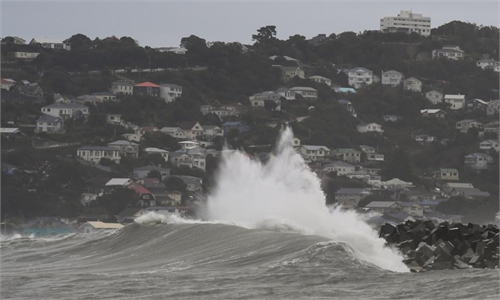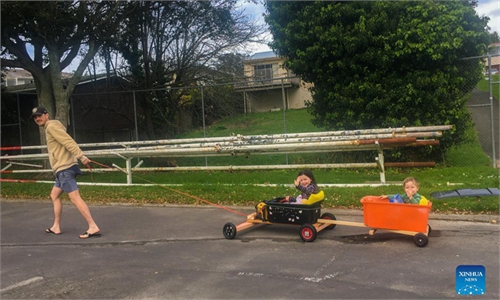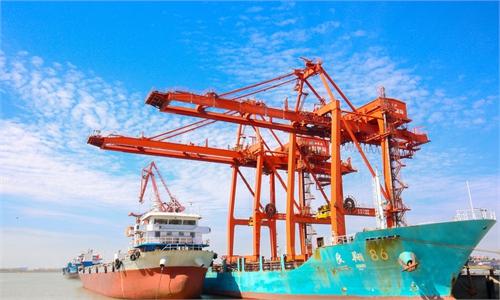New Zealand’s albatrosses to have record-breaking breeding season

Large waves are seen off Wellington's southern coast in New Zealand, June 30, 2021. An Antarctic blast swept through New Zealand from Tuesday, whipping up waves as high as 6 meters near its capital city's southern coast. (Xinhua/Guo Lei)
A record number of 30 fledglings of northern royal albatrosses may leave the colony after a successful breeding season in the eco-sanctuary of Taiaroa Head in Southern New Zealand, according to New Zealand Department of Conservation figures released on Saturday.
Department of Conservation (DOC) Biodiversity Ranger Theo Thompson said, "If all of the remaining chicks fledge successfully, we will have a record-breaking year of 30 fledglings. Previously, the highest number of chicks we've had fledged is 28."
Scientists used Royal Cam, a livestream camera, to observe a female albatross called Tiaki that hatched on January 24.
Thompson said Tiaki is a calm but talkative chick who has been healthy all season.
And all the chicks have been growing steadily since hatching through January and February. It is expected that they will all have fledged (meaning leaves the headland) by early October.
Thanks to a satellite tracker rearing on the back of the albatross, people, not only professionals, but bird enthusiasts all over the world, will continue to follow where the albatrosses go in their early years through livestream.
Theo Thompson introduced, "Tiaki and the other chicks will spend the next four to 10 years traveling thousands of kilometers at sea without once touching the land, before eventually returning to Taiaroa Head to breed themselves."
The trackers are taped to feathers on the birds' backs. They are designed to last about a year and will fall off when the albatross moults.
Northern Royal Albatross is one of the largest seabirds in the world, with wingspans up to 3 meters.
They are a vulnerable species that has been affected by changes to habitat and climate and by some fishing practices. They also reproduce slowly, with breeding pairs typically raising a chick once every two years.
The albatross colony, situated at Taiaroa Head near Dunedin, South Island of New Zealand, is the only mainland site in the world to view Northern Royal Albatross in their natural habitat. It has grown from one breeding pair in 1937 to more than 60 pairs in 2020.
Xinhua



